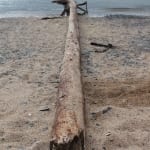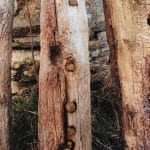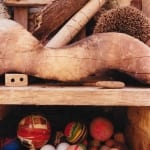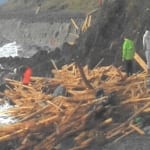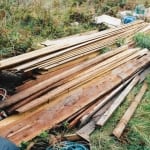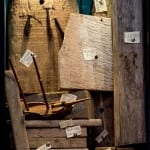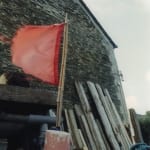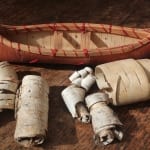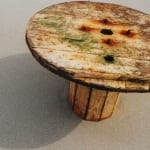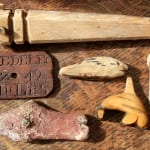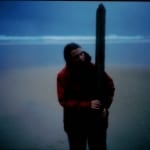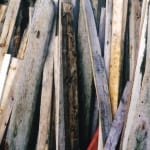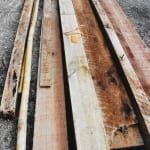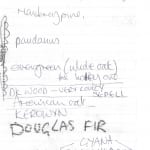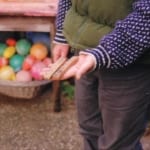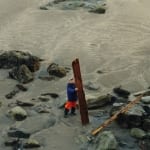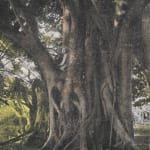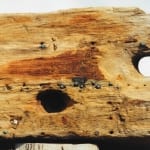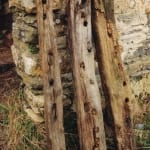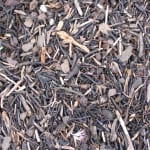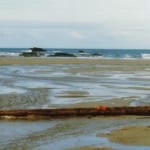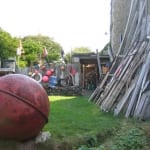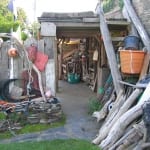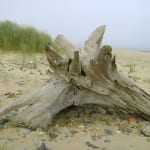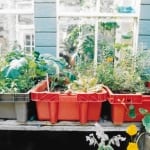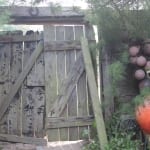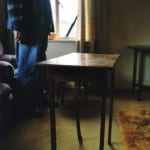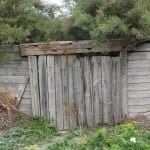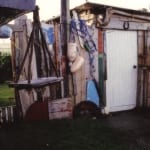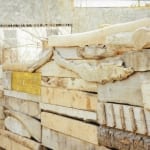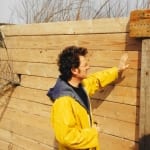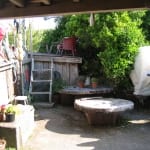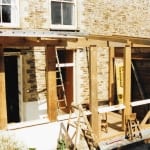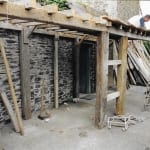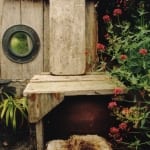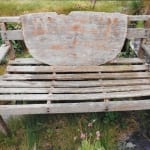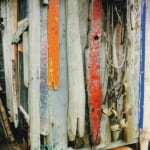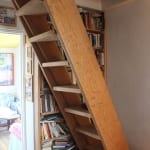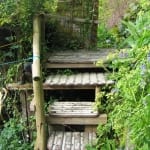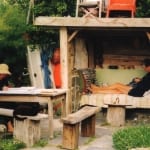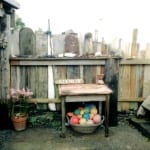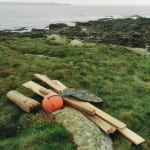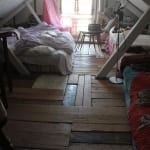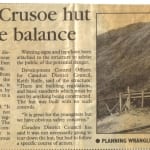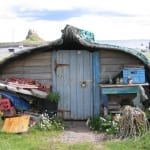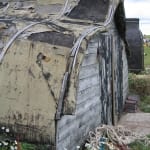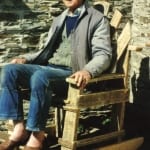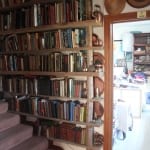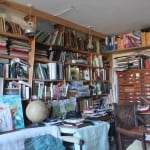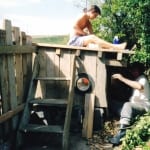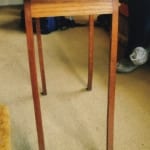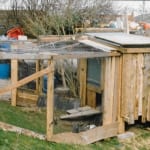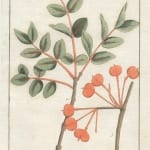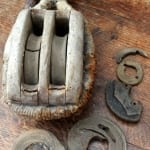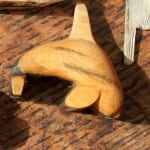Building and Furniture
Lignum Vitae
LIGNUM VITAE, TRUNNELS AND BIRCH BARK
The national tree of Barbados and national flower of Jamaica is Lignum Vitae- the Wood of Life, called this because of its medicinal uses. It is slow growing, dense and very strong. At 4500Ibf it’s the hardest of the trade woods which is why it was used for cricket balls and truncheons.
It is now a CITES (Convention on International Trade in Endangered Species) protected species but the wood was once grown and used for dead eyes, belaying pins, mallets and blocks on sailing ships. The wood has high resin content so it’s self-lubricating. If you look at the surface under a magnifying glass you will see pores filled with white gum. The wood smells like rubber. This made it ideal for the bearings on early ships chronometers including the first ever accurate ships clock made by John Harrison in 1761. Also for shaft bearings for ships and stern- tube bearings for ship propellers. All the uses mentioned contribute to its place in this book. You will find pieces of Lignum Vitae on any beach but particularly near old harbours where sailing ships were moored.
My son Jim found a piece on South Georgia near the old whaling station there. He was working as an observer of a fishing vessel from New Zealand. All fishing vessels in Antarctic waters have to have an ‘observer’ by law to record the catch and ensure that the skipper keeps within the limits of the area to be fished and the size of catch. Another seaman on the ship carved the lignum Vitae he found into this small orca. On his return to Britain he declared the carving, as it’s a CITES protected wood, and it was confiscated. He appealed for its return as it was a probably ancient piece of lost block and some months later it arrived in the post from the Revenue.
I have found seven pieces, two on one tide. Because it’s heavy it rolls around on the sea bed becoming gradually rounded but it doesn’t wear down that much.
TRUNNELS
Old ships were made of wood and the begs that fixed the planks to the main timbers were called trunnels, trunnel is an amalgamation of the words TREE NAIL. The distance between the trunnels will tell you the tonnage of the vessel.
BIRCH BARK
This bark washes onto Cornish beaches all the time. It doesn’t grow here and the most likely place for its origin is Canada. The pieces are thick and curled up.


